Distribution of Anadromous Fishes in the Upper Klamath River Watershed Prior to Hydropower Dams—A Synthesis of the Historical Evidence
Title: Distribution of Anadromous Fishes in the Upper Klamath River Watershed Prior to Hydropower Dams—A Synthesis of the Historical Evidence
Category: Technical Report
File: Hamilton-et-al_2005_0011_Distribution-of-Anadromous-Fishes-in-the-Upper-Klamath-River-Watershed-Prior-to-Hydropower-Dams.pdf
Updated Date: 09.01.2017
Author(s)/Source(s): John B. Hamilton , Gary L. Curtis , Scott M. Snedaker, David K. White
Publication Date: 2005
Focal Topic: Upper Klamath, Salmon, Steelhead/Rainbow Trout
Location: Upper Klamath
Watershed Code: 18010206
Knowledge of the historical distribution of anadromous fish is important to guide management decisions regarding the Klamath River including ongoing restoration and regional recovery of coho salmon (Oncorhynchus kisutch). Using various sources,we determined the historical distribution of anadromous fish above Iron Gate Dam. Evidence for the largest, most utilized species, Chinook salmon (Oncorhynchus tshawytscha) was available from multiple sources and clearly showed that this species historically migrated upstream into tributaries of Upper Klamath Lake. Available information indicates that the distribution of steelhead (Oncorhynchus mykiss) extended to the Klamath Upper Basin as well. Coho salmon and anadromous lamprey (Lampetra tridentata) likely were distributed upstream at least to the vicinity of Spencer Creek. A population of anadromous sockeye salmon (Oncorhynchus nerka) may have occurred historically above Iron Gate Dam. Green sturgeon (Acipenser medirostris), chum salmon (Oncorhynchus keta), pink salmon (Oncorhynchus gorbuscha), coastal cutthroat trout (Oncorhynchusd arki darkO, and eulachon (Thaleichthysp acificus) were restricted to the Klamath River well below Iron Gate Dam. This synthesis of available sources regarding the historical extent of these species' upstream distribution provides key information necessary to guide management and habitat restoration efforts.
